Growing Shadows
Developed by Leslie Andrade, PCM Play Intensive 2021
(FOCUS: Pre K, STEM, SEL, Design Thinking)
In this lesson, students will explore light and shadows by experimenting with flashlights. This challenge encourages using light to change the size and possibly shape of shadows. In this lesson, using only a flashlight, tape and some small blocks, students try to position the light behind the object in such a way that the shadow grows to at least the height of the tape on the wall. The children may experiment with keeping the blocks on a predestined spot on the floor or varying the building location on the floor.
Shadows are mysterious to children as they do not move the same way other physical objects do—they cannot be pulled, pushed or carried. For a shadow to change you must learn about the relationship between the light source, the object and the surface it is projected upon. This lesson leads to exploration of these concepts and a person’s influence on this relationship.
Materials
- Flashlight
- Stacking cubes or small blocks
- Painters or washi tape
- Ruler or yard stick
Set Up
Place a piece of tape on the floor if you wish to give the children a starting place for experimentation. Alternatively, you could let the children explore and find the optimal place for the stacking cubes/ blocks to be placed. Place a piece of tape on the wall. Since the height of the tower will depend upon the size of the stacking cubes/blocks and the amount of stacking cubes/blocks you give the children, it is recommended you experiment yourself before deciding the height of the tape on the wall. You may also want to tape several pieces of white (or light colored) paper to the wall if you have dark colored walls. You will need to choose a place that is very close to a wall and where there is ample space for children to move around and experiment on the floor.
If possible, set up 2 stations with some stacking cubes/blocks as it will be difficult for more than one child to flash the light at a time when experimenting.
Student’s Job
Can you build a tower tall enough so that the shadow from the stacking cubes/blocks touches the tape on the wall? Shine the flashlight so the shadow of the cubes (or small blocks) tower touches the tape on the wall.
- Build a tower with the stacking cubes or small blocks.
- Turn on the flashlight.
- Shine the flashlight on the blocks until it makes a shadow on the wall.
- Can you make the shadow grow as tall as the tape on the wall?
- Can you project a person’s shadow on the wall? Can you make that shadow grow?
Further Challenges:
Give the child the tape. Place it at a different height on the wall. Try moving the tape where the blocks sit. What happens when you move the flashlight closer to the blocks, what happens when you move it further away? What is the shortest shadow you can make? What is the tallest? The widest? The thinnest? Use a yard stick or ruler and measure the length and width of the shadows.
Teacher’s Job
Standards Alignment
This lesson is connected to RIELDS (Rhode Island Early Childhood Learning Developmental Standards)
RI EARLY LEARNING AND DEVELOPMENT STANDARDS: SCIENCE
Component 1: Scientific Inquiry and Application
Children learn to plan for and carry out investigations and collect, evaluate, and communicate information.
Component 2: Knowledge of Science Concepts
Children explore the characteristics of objects and materials that are living, non-living, man-made, or naturally occurring.
RI EARLY LEARNING AND DEVELOPMENT STANDARDS: COGNITIVE DEVELOPMENT
Component 1: Logic and Reasoning
Children apply strategies and draw upon past knowledge and experiences to meet goals and solve problems.
RI EARLY LEARNING AND DEVELOPMENT STANDARDS: SOCIAL EMOTIONAL DEVELOPMENT
Component 3: Self-regulation
Children develop the ability to control impulses.
Connection to previous work?
Connect to work on shadows and light. Most objects do not make their own light. Sun, lamps, flashlights, fire are all sources of light. Shadows need a light source and an object. Shadows show the shape of an object.
Prepare/ Background Info
Shadows need a light source and an object. A shadow is light blocked by an object. Opaque objects block all the light.
Extend/ Take it Further
Will other shadows grow? Will a 3D shadow? Will an object that is translucent create a growing shadow? Where would you need to stand in relation to the sun to make your shadow smaller? To make yourself look taller.
Facilitation Strategies
Help with turn taking. If needed, discuss/set boundaries about the beginning and end of a turn. Encourage a discussion of the way the light makes the shadow move if you need to prompt—resist giving the children the answer.
Play to Notice
Through experiential play, children learn from their environment by interacting with real objects, choosing their own paths, experimenting, making mistakes and trying again. Observe children’s response to their placement of the flashlight-is there a strategic approach to the experiment based upon the feedback of the shadow or does the child just move the flashlight or the blocks without much thought or planning. Use questions to help clarify the child’s thought process and to draw conclusions about the reactions being observed as the flashlight and/or the blocks are moved. To guide reflection and access knowledge of concepts, you may want to make a chart with the children during the activity, if they are having trouble thinking of next steps and/or are having difficulty staying focused. Or you can make the chart after the activity. A simple T –chart to show the change might be helpful. Possible heading for the chart –When We – We Noticed Children can dictate the words and/or add illustrations.
Content Matter to Notice
Children’s connections to previous experiences such as their own shadow length outside in the sun. Use of vocabulary words such as spatial positioning when referencing where to place the flashlight. Observations of children’s predictions and placement of flashlight to reach the length of the challenge.
SEL to Notice
Children controlling themselves while taking turns and suggesting ideas to peers. Also, staying focused on the task.
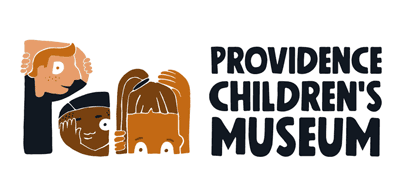

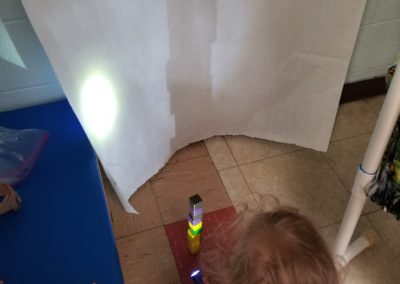
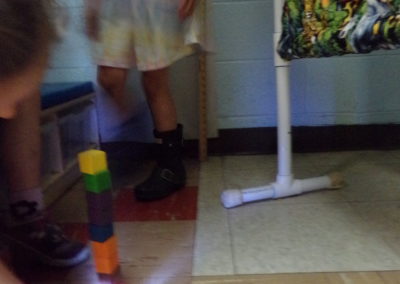
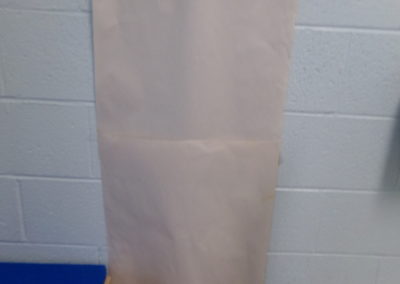
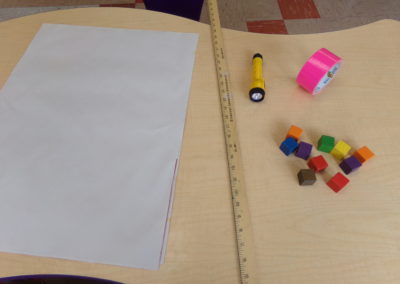
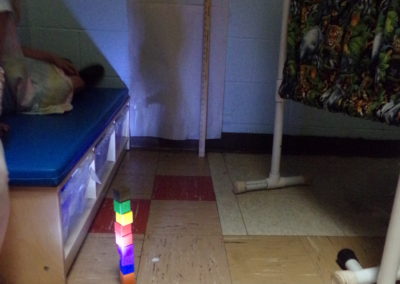
0 Comments